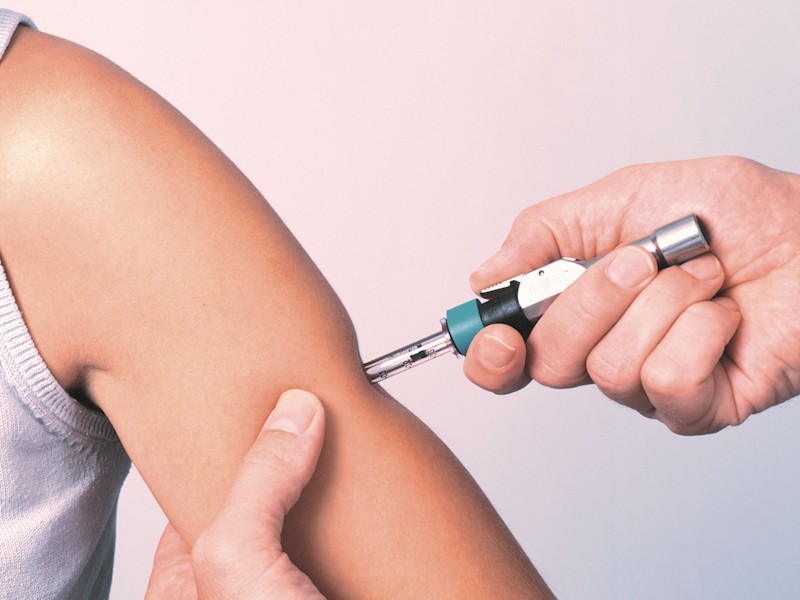Injectable treatments have been on the rise in recent years, with an increasing number of people turning to these minimally invasive procedures to achieve a more youthful and rejuvenated appearance. In this article, we will explore the reasons behind the growing demand for injectables and the different types of injectable treatments available.
Reasons for the Increasing Demand for Injectables
Non-Surgical Alternative: Injectable treatments offer a non-surgical alternative to traditional cosmetic procedures, such as facelifts and tummy tucks. They are minimally invasive and require little to no downtime, making them a convenient option for those with busy schedules.
Natural-Looking Results: Injectable treatments provide natural-looking results that are subtle and gradual. They can be customized to meet the individual needs of each patient, ensuring that the results are tailored to their specific concerns.
Quick Procedure: Injectable treatments are quick and easy to administer, with most treatments taking only a few minutes to complete. Patients can typically return to their daily activities immediately after the procedure.

Affordable: Injectable treatments are more affordable than traditional cosmetic procedures, making them accessible to a wider range of patients. Many clinics also offer financing options to help make the treatments more affordable.
Types of Injectable Treatments
Botox: Botox is a neurotoxin that is injected into the muscles to temporarily relax them and reduce the appearance of wrinkles and fine lines.
Dermal Fillers: Dermal fillers are injectable gels that are used to restore volume to the face, smooth out wrinkles, and enhance the contours of the face.

Kybella: Kybella is an injectable treatment that is used to reduce the appearance of a double chin. It contains deoxycholic acid, which dissolves the fat cells in the area.
Sculptra: Sculptra is a collagen stimulator that is injected into the skin to stimulate the production of collagen, which can help to reduce the appearance of wrinkles and improve skin texture.
Platelet-Rich Plasma (PRP): PRP is a treatment that involves injecting a patient’s own blood plasma, which contains a high concentration of platelets, into the skin to stimulate collagen production and improve skin texture.












Comments